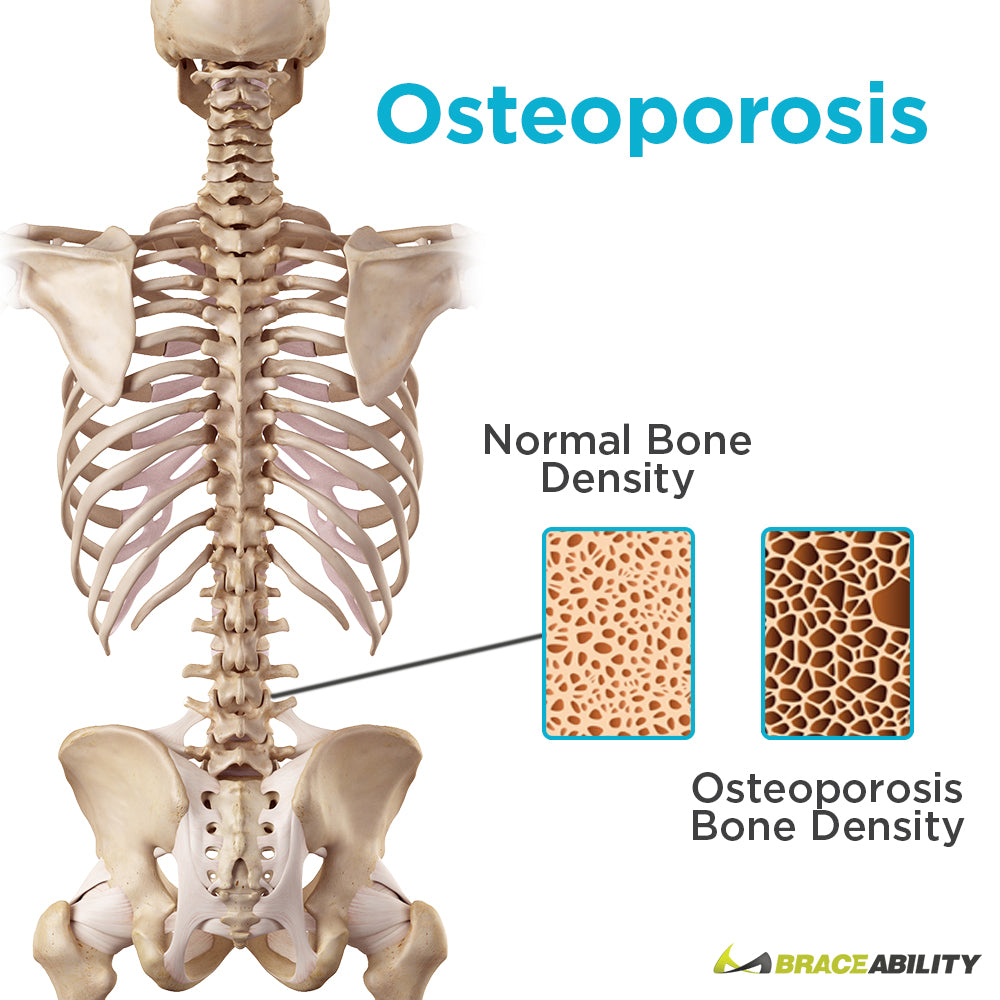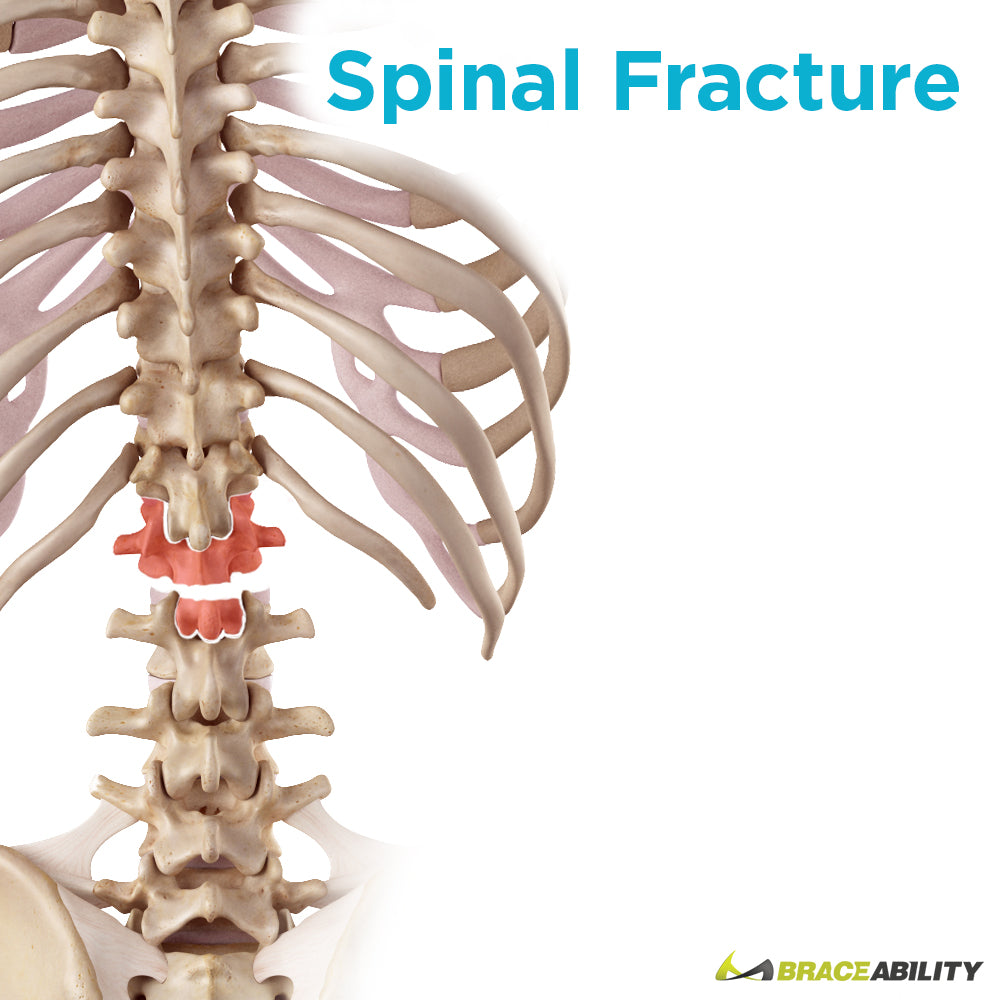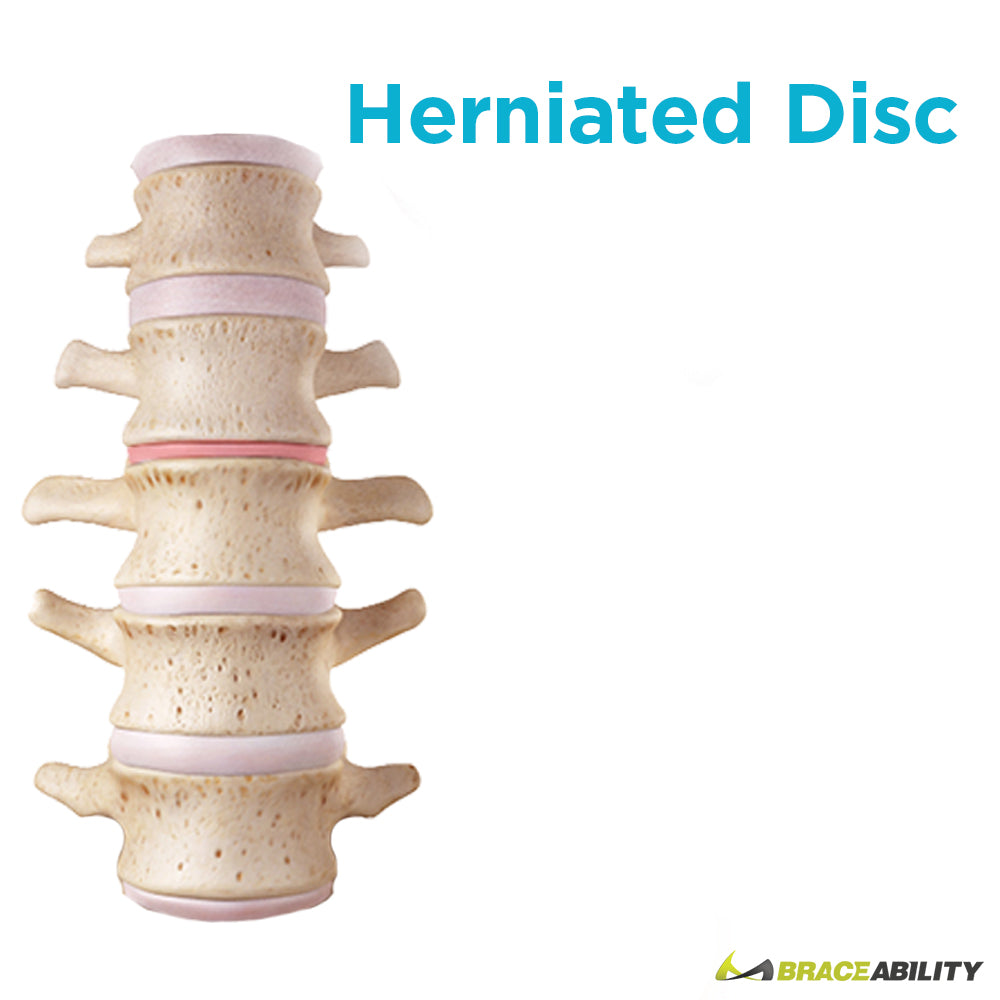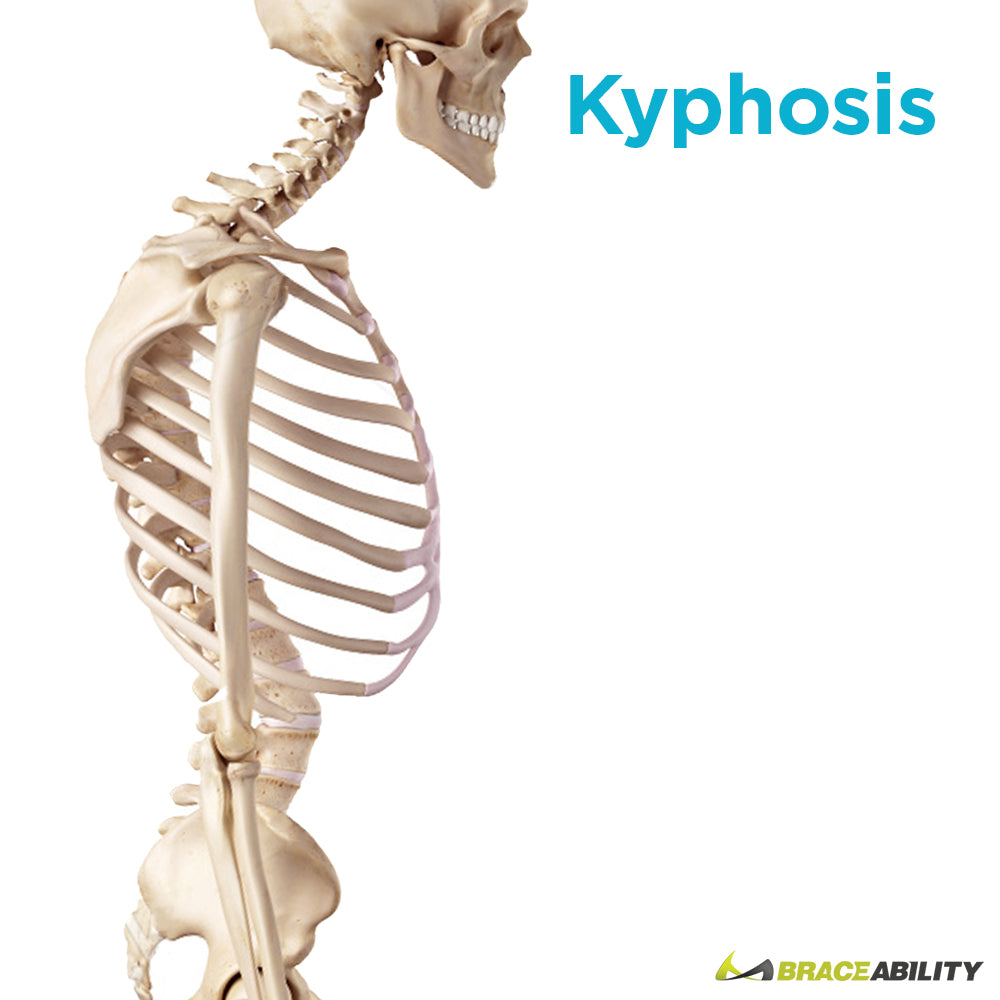What is a Thoracolumbosacral Orthosis (TLSO) Back Brace?
There are a number of back conditions for which a thoracolumbosacral orthosis (TLSO) can be helpful. TLSO refers to the region of the back these braces support, including the thoracic, lumbar and sacrum part of the spine. It also refers to the area where the thoracic and lumbar sections meet, which is known as the thoracolumbar region. TLSO braces are used to put pressure on unnatural curves that an individual may have, it then slows down the growth to eliminate the progress of the curve. These braces are used if you are diagnosed with a spinal disorder, deformity, or a different problem that needs structural support.
If you are looking for an upper back brace for your specific condition such a kyphosis, osteoporosis, scoliosis, herniated disc, or a spinal fracture, a TLSO might be right for you!
Which TLSO Brace Helps with Osteoporosis?

Osteoporosis is a relatively common condition that can affect men and women of all ages but is especially common among older women. This condition is a result of the body forming too much new bone or too little. weak and brittle, making them much more susceptible to fractures and injuries. If left untreated, it can cause a number of other health issues such as kyphosis.
Symptoms of osteoporosis:
- Lower back or neck pain
- Gradual loss of height
- Stooped posture
- Subtle bone fracture
There are a number of medications and treatments for osteoporosis treatment as well as a number of preventive practices in which one can engage to ward off or lessen the symptoms of the condition. Help prevent osteoporosis by maintaining a nutritious and well-balanced diet. Make sure intake calcium-rich foods to help strengthen your bones such as yogurt, cheese, milk, greens, seafood, and fruit. In addition, you can help prevent and ease your pain from osteoporosis by exercising. To reduce bone loss, it is recommended to do exercises such as running, walking, aerobics, weightlifting, etc.
There many supports for stabilizing the spine to minimize the risk of fractures and to ease thoracolumbar back pain or stiffness associated with osteoporosis. We recommend our postural extension support to help treat osteoporosis. It’s the perfect brace for this condition because it helps to take the extra burden off of the muscles of your back. With it's durable but soft material; it makes a comfortable and ideal option to help ease your pain from osteoporosis.
Which TLSO Brace Helps Spinal Fractures?

Fractures of the spine do not only occur in bones weakened by osteoporosis. Major trauma, such as a motor vehicle accident, a gunshot wound or a fall can result in major thoracolumbar injury. In many such instances, surgery will be needed to repair the damage, but leading up to and following surgery, a stabilizing and immobilizing spine brace for fractures will be needed.
Symptoms of a spinal fracture:
- Sudden and severe back pain
- Pain increases when walking or standing and twisting or bending
- Deformity of the spine
- Loss of height
Anti-inflammatory medications may be used to help ease your pain if you have a spinal fracture. In addition, physical therapy is also an option to help strengthen your back and spine. To help prevent these spinal fractures, eat a diet rich in calcium and vitamin D.
We recommend our extension orthosis because it provides support from the inferior spine of the scapula to the sacrococcygeal junction. This back brace for compression fractures features a mechanical pulley system making it a breeze to put on and adjust. It also can be worn for pre or post-surgical care.
Which TLSO Brace Helps Scoliosis?

One condition in which TLSO bracing is helpful is scoliosis. This condition is a sideways curvature of the spine that usually occurs when you’re growing. Scoliosis can be caused by cerebral palsy, muscular dystrophy, birth defects, or injuries to the spine. Usually, most cases are mild but for some, the deformities will gradually get worse over time.
Symptoms of scoliosis:
- Uneven shoulders or waist
- One shoulder blade is more prominent than the other
- One hip higher compared to the other
For those with mild curves, regular check-ups to monitor any worsening of the curve suffice for scoliosis treatment. But in other cases, a thoracic lumbar brace or surgery may be needed.
We recommend our Thoracic Lumbar TLSO Back Brace to help treat scoliosis. This thoracolumbosacral orthosis brace features Cybertech’s patented mechanical pulley system that makes the brace easy to put on and to adjust the compression to stabilize the spine. For additional user comfort, the adjustable shoulder straps and the brace itself are padded with a plush material. The lining of the brace can be removed for a sleeker fit.
Which TLSO Brace Helps Kyphosis?
Another condition characterized by an unusual bend of the spine is kyphosis. This refers to an exaggerated rounding of the back, a condition also known as round back or hunchback. This is most common among older women; in such cases, it is often a side effect of osteoporosis weakening the spinal bones so much so that they crack, compress and take on a wedge-like shape. But some cases of kyphosis affect teens and infants, as this can also stem from birth defects, slouching, cancer and Scheuermann's disease, to name a few.
Symptoms of kyphosis:
- Difference in shoulder height
- Head bending forwards
- Hunch or bend in the back
- Tight hamstring muscles
In mild cases, no treatment will likely be needed as there are no noticeable symptoms. But in other cases, kyphosis can cause thoracolumbar pain and stiffness. In extreme cases, kyphosis can disrupt the function of internal organs, tissues, nerves, etc.
Treatment for kyphosis is dependent upon the underlying cause as well as the extremity of the condition and the age of the patient. Pain relievers, osteoporosis drugs (if applicable), strength exercises and stretches and bracing can be helpful for improving or preventing this condition from worsening.
We recommend our Thoracic Posture Brace or Kyphosis Back Brace because they’re designed with ease of use in mind. These TLSO braces are designed so that they are nearly as easy to put on and adjust as a backpack. The durable but soft mesh material and non-irritating placement of buckles of these supports make the anatomically contoured thoracic lumbar support products easy to wear.
For less severe cases of kyphosis, wear a posture brace during the day to help prevent your condition from getting worse. This adjustable posture brace helps to train your back, neck, and spine muscles and lift your shoulders up giving you good posture.
Learn more about other spine curvature disorders.
Which TLSO Brace Helps a Herniated Disc?
 Injury or aging can also result in a herniated disc in the spine. Your spine consists of individual bones with cushions or discs in between them. When these discs slip or rupture, it pushes them out through a crack in the exterior resulting in irritation of the nearby nerves. A herniated disc is a result of gradual, overuse of your spine called disk degeneration.
Injury or aging can also result in a herniated disc in the spine. Your spine consists of individual bones with cushions or discs in between them. When these discs slip or rupture, it pushes them out through a crack in the exterior resulting in irritation of the nearby nerves. A herniated disc is a result of gradual, overuse of your spine called disk degeneration.
Symptoms of a herniated disc:
- Arm or leg pain
- Numbness or tingling
- Weakness in your muscles
To help ease the pain caused by your herniated disc, we recommend starting out with anti-inflammatory medications. Physical therapy can also help minimize your pain as well as icing your back. In a rare case, surgery may be suggested if the other methods fail to improve your symptoms.
We recommend our herniated disc treatment brace, spine stabilization brace, or thoracic postural brace to help relieve your back pain associated with a herniated disc. Check out BraceAbility’s selection of other treatments for a herniated disc!











